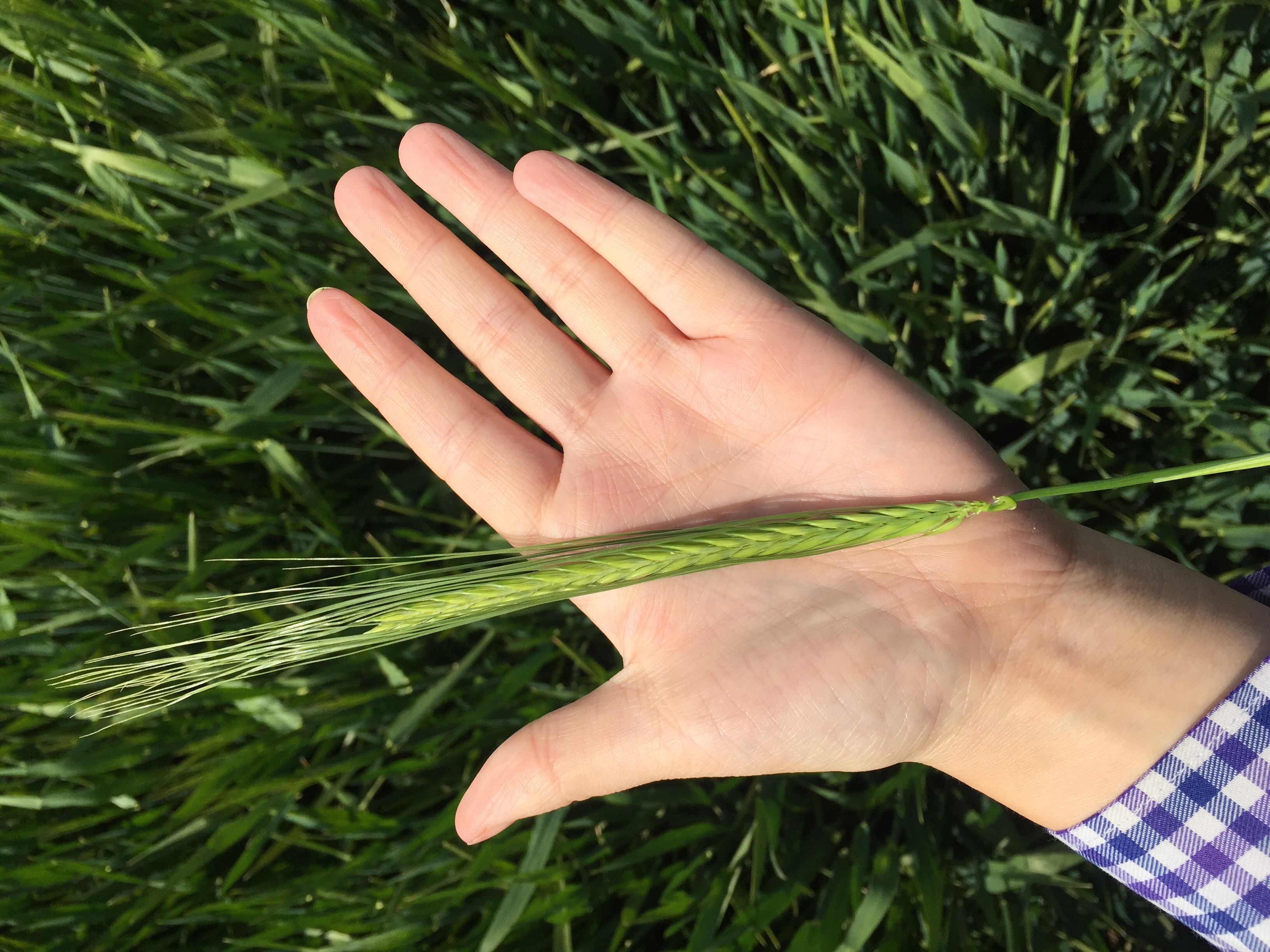Week Beginning Monday 8th May 2018
Posted by Anderson Grain Marketing on Nov 6, 2018 in AGM News | 0 comments
Old crop feed wheat values have traded in the region of £153.00/T – £155.00/T ex-farm this morning following a rather firm week.
Milling wheat premiums have risen sharply over the past few weeks throughout the country with premiums over in the North West being particularly strong. Locally, full specification group 1 milling wheats are currently commanding a £15.00/T premium on feed wheat with end-user demand particularly good. This is in part due to fieldwork taking priority for many local farmers, but also because milling premiums were pretty much non-existent a couple of months ago. When Vivergo announced its re-opening at the end of March, Yorkshire feed wheat values gained momentum and rallied sharply towards the value of full specification group 1 milling wheat. As a result, many local milling wheat growers took advantage of the price hike but instead chose to sell on a feed wheat specification as the milling wheat values struggled to keep up with the rising Yorkshire feed wheat market.
This morning, full specification group 1 wheats for June collection are valued in the region of £170.00/T ex-farm. Please speak with the office to discuss your requirements. As for group 3 and 4 full specification soft wheats, £160.00/T ex-farm is offered for June collection.
As for new crop feed wheat, £150.00/T ex-farm is this morning offered for September collection. £150.00/T ex-farm for as available collection at harvest was briefly achievable on Friday afternoon but with the Bank Holiday weekend looming, buyer interest was limited. With the November 2018 future significantly lower this morning, £150.00/T ex-farm currently looks an attractive offer.
According to the latest USDA weekly crop progress report for the week ending 29th April (we should have this week’s report this evening), the condition of winter wheat in the US continues to be reported as poor. Furthermore, spring wheat planting progress also continues to lag. Just 10% of this year’s spring wheat crop is in the ground – on average, almost 35% of the spring wheat crop should be in the ground by now.
With ongoing reports of poor conditions and drilling difficulties it is hardly surprising that the Chicago wheat market has rallied over the past few days with the European markets following suit. All eyes will remain firmly on the US over the coming weeks for any signs of recovery.
At the beginning of March, the US-China trade dispute captured the global market’s attention. After the announcement that the US would impose tariffs on steel (25%) and aluminium (10%), China hit back with threats of a 25% tariff on 234 US import products, a list containing pork, beef, maize, wheat and soybeans.
Last week in Beijing, negotiations began over the Chinese proposal to place 25% tariffs on US soybeans.
Soybeans are becoming a main agricultural import for China and more soybeans are needed to cope with the demand of producing oil and meal (animal feed); domestic consumption is predicted to reach 110.8Mt this season, (2017/18) a 687% increase since 1995/96.
Due to Chinese food culture becoming more westernised, it requires large amounts of soybean imports, accounting for 65% of total world (soybean) imports. The main soybean exporter to China is Brazil (45%) followed closely by the US (37%). Last season (2016/17), Brazil exported 78% of its soybean crop to China. If tariffs are introduced there could be a further percentage increase of exports from Brazil to China and a decrease of exports from the US to China. On the other hand, if exports all together decrease into China, could an alternative be found in Oilseed Rape? Could we have a potential opening of a new market for the UK to trade with?
